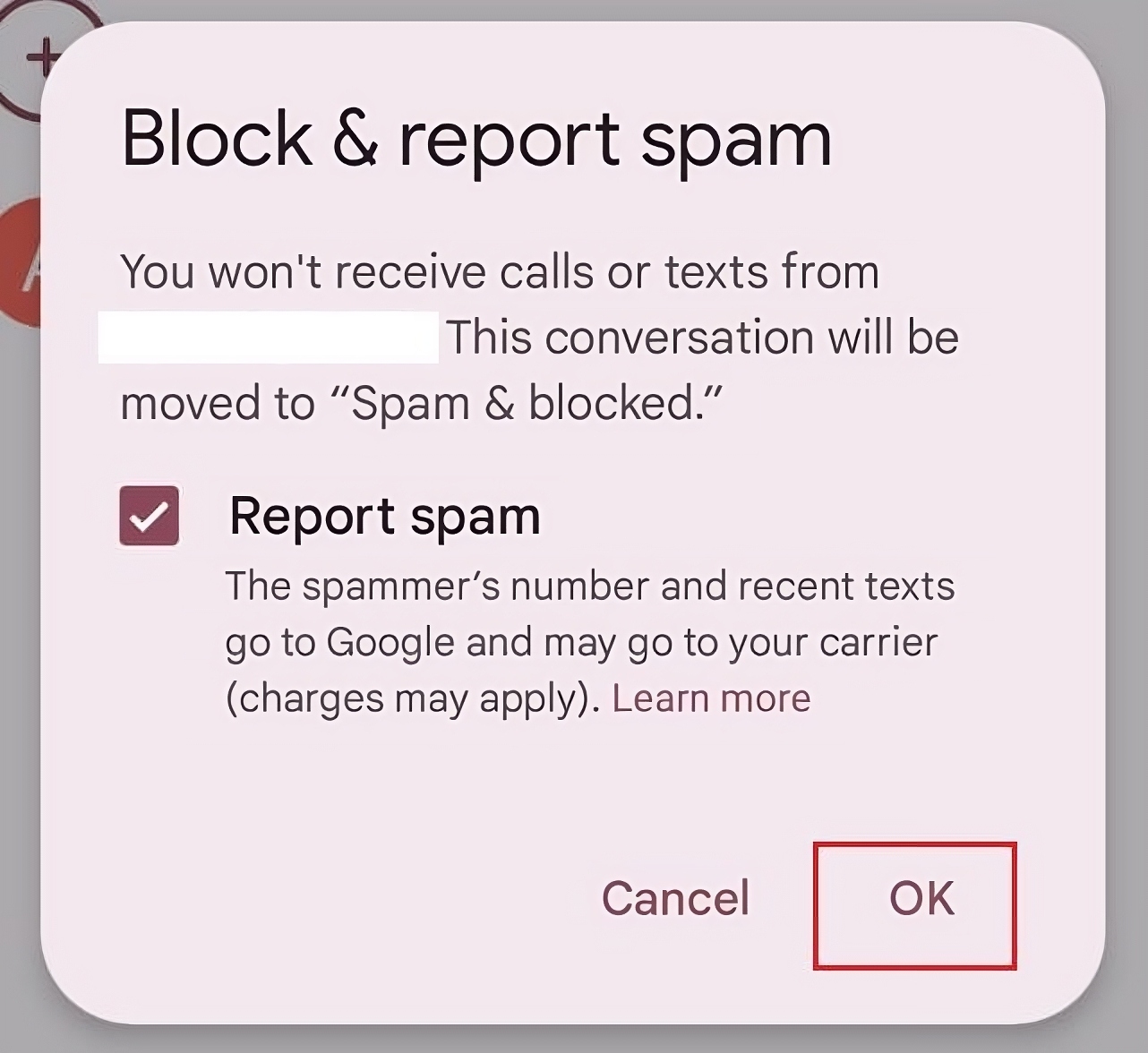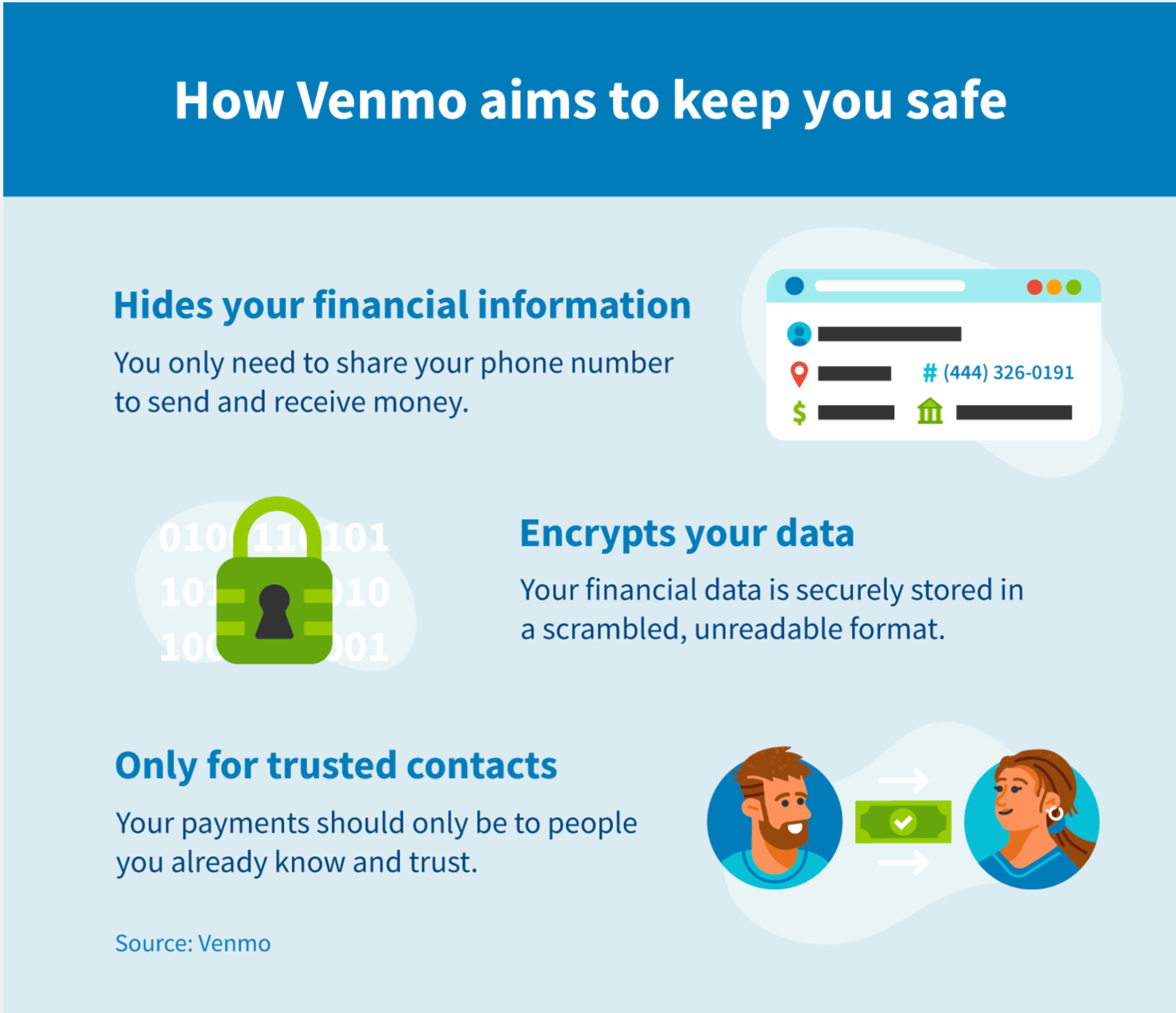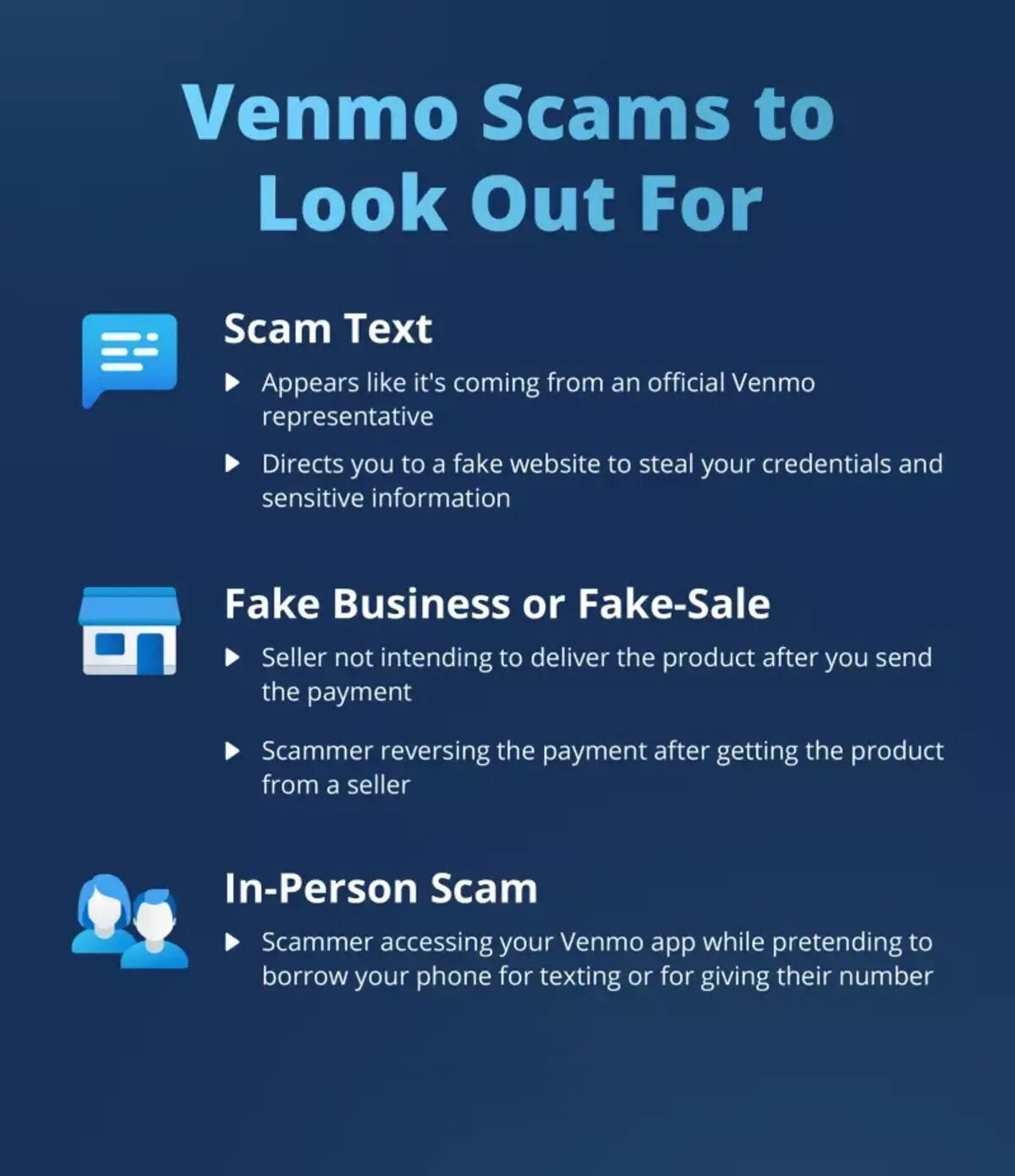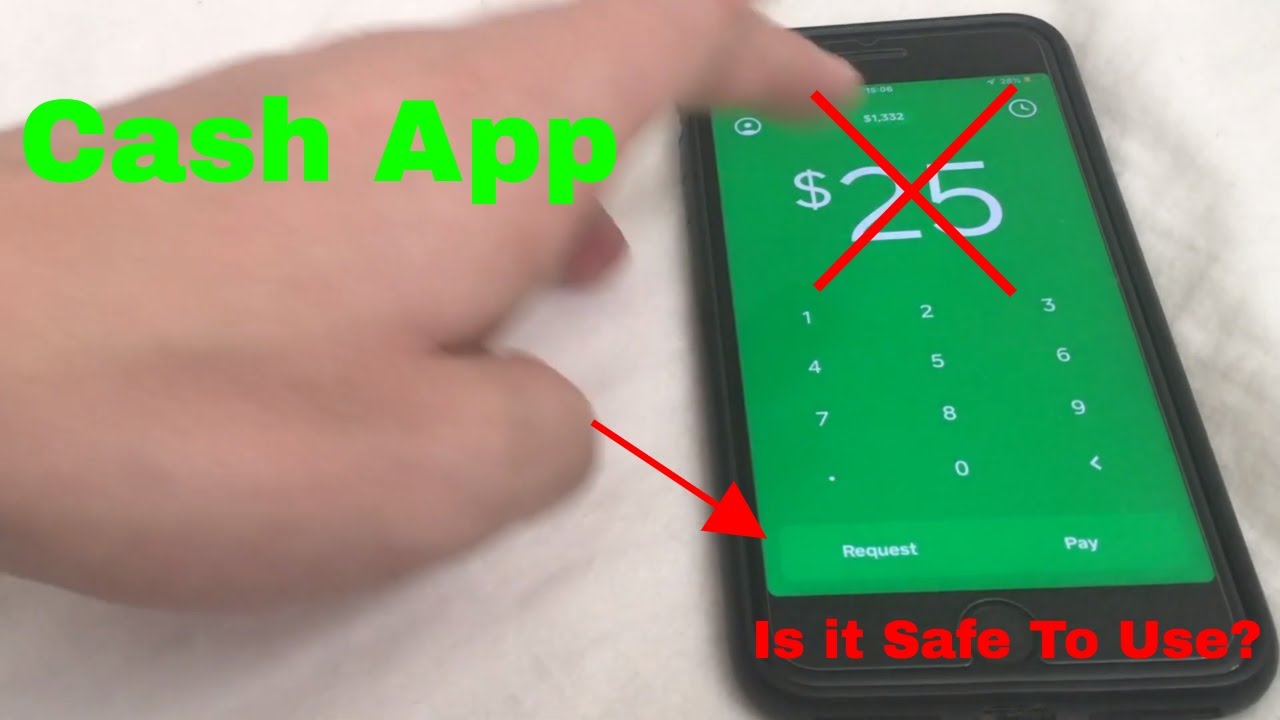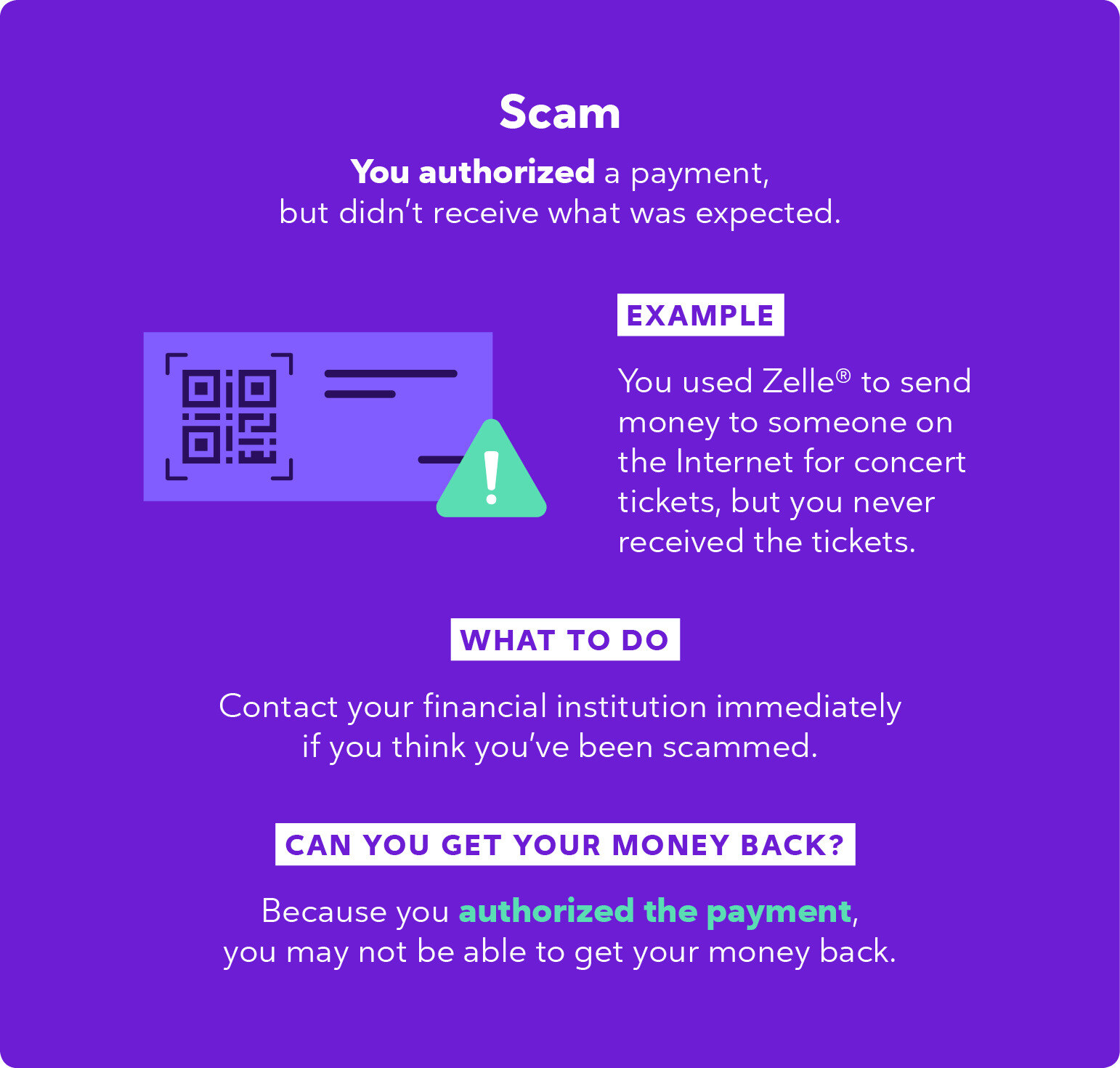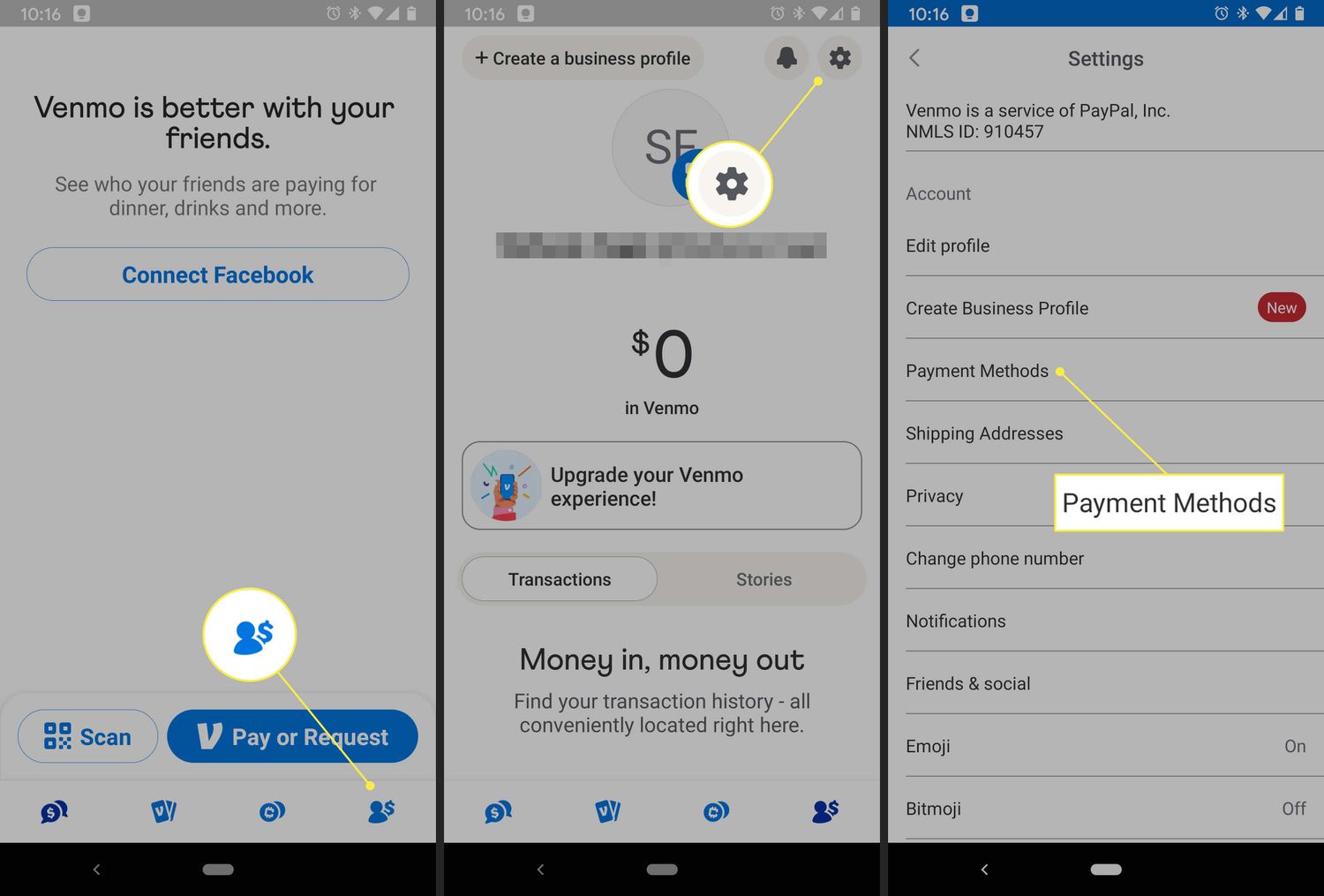Introduction
Welcome to our guide on how to report a scammer on Venmo. As the popularity of digital payment platforms continues to rise, so does the risk of encountering scammers who attempt to exploit unsuspecting users. Venmo, a widely used mobile payment service, provides a convenient way to send and receive money, but it’s important to remain vigilant against fraudulent activity. If you find yourself falling victim to a scam or suspect someone of engaging in fraudulent behavior on Venmo, taking immediate action is crucial.
By reporting scammers, you not only protect yourself but also help prevent them from victimizing others. Fortunately, Venmo takes user safety seriously and provides channels for reporting incidents. In this guide, we will walk you through the steps you need to take to report a scammer on Venmo and ensure that necessary actions are taken to address the issue.
It’s important to note that while Venmo strives to create a secure environment, scammers are constantly evolving their tactics. It’s essential to stay aware of the signs of a potential scam and be proactive when dealing with suspicious activity. By following the steps outlined in this guide, you can contribute to maintaining a safer community on Venmo.
Please remember that this guide is intended for informational purposes and should not be considered legal advice. Depending on the severity of the scam and your specific circumstances, seeking legal counsel may be necessary.
Step 1: Gather Information
The first step in reporting a scammer on Venmo is to gather as much information as possible about the incident. This information will be essential when communicating with Venmo support and other relevant authorities. Here’s what you need to do:
- Note the transaction details: Take note of the date, time, and amount of the transaction with the scammer. If there were any additional messages or notes exchanged during the transaction, be sure to document them as well. This information will help provide a clear timeline of events.
- Screenshot or save relevant evidence: If you have any screenshots, emails, or other forms of evidence related to the scam, make sure to save them. These materials can serve as proof of the fraudulent activity, so it’s important to preserve them. Ensure that the evidence clearly shows the scammer’s username or any other identifying details.
- Collect the scammer’s details: Gather any available information about the scammer, such as their Venmo username, profile picture, and any other identifying details. This information will be helpful when reporting the incident to Venmo support. Remember to avoid engaging in direct communication with the scammer during this process.
- Compile any additional supporting information: If there are any other relevant details related to the scam, gather them as well. This could include information about the product or service involved, any third-party platforms used, or any other individuals who may have been affected. The more information you provide, the better equipped Venmo support will be to assist you.
Gathering detailed and thorough information is crucial to building a strong case against the scammer. This will enable Venmo support to take appropriate action and potentially assist in the investigations carried out by law enforcement agencies if necessary.
Once you have gathered all the necessary information, you can proceed to the next step: contacting Venmo support.
Step 2: Contact Venmo Support
After gathering all the relevant information, the next step in reporting a scammer on Venmo is to contact Venmo support. Venmo provides several avenues for users to report fraudulent activity and seek assistance. Here’s how you can reach out to Venmo support:
- Access the Venmo app or website: Open the Venmo mobile app or visit the Venmo website on your computer.
- Locate the support center: Look for the support center within the app or website. In the app, you can find it by tapping on the menu icon and selecting “Support.” On the website, you may find it in the main navigation menu or in the footer section.
- Select the appropriate category: Once you’re in the support center, choose the category that best matches your issue. Look for an option related to reporting scams or fraudulent activity. Venmo may have specific guidelines on how to report scams, so be sure to follow their instructions.
- Submit a detailed report: When reporting the scam, provide a clear and concise description of what happened. Include all the gathered information, such as transaction details, evidence, and the scammer’s information. The more details you provide, the better equipped Venmo support will be in addressing the issue.
- Wait for a response: After submitting your report, Venmo support will review your case and respond accordingly. They may require additional information or provide you with updates on the progress of their investigation. It’s important to be patient during this process as it may take some time to resolve the issue.
Venmo’s support team is dedicated to ensuring the safety and security of their users. By promptly reporting scams, you not only protect yourself but also contribute to the overall security of the Venmo community.
Remember to keep all communication with Venmo support professional and respectful. Provide accurate information and respond promptly to any requests for additional details. This will help expedite the resolution process and ensure that your report is handled effectively.
Once you have reported the scam to Venmo support, it’s time to proceed to the next step: providing specific details.
Step 3: Provide Specific Details
Once you have contacted Venmo support and reported the scammer, it’s important to provide them with specific details about the incident. The more precise and detailed your information, the better equipped Venmo support will be to assist you. Here’s how you can provide specific details:
- Respond promptly to any requests: Venmo support may reach out to you for additional information or clarification. It’s crucial to respond to their inquiries in a timely manner to ensure a smooth investigation process.
- Provide transaction details: Share all relevant information about the transaction with the scammer, such as the date, time, amount, and any additional notes exchanged. This will help Venmo support identify the specific incident and take appropriate action.
- Share evidence: Provide any screenshots, emails, or other evidence that clearly show the fraudulent activity. Make sure the evidence includes the scammer’s username or any other identifying details.
- Describe the scammer: Give a detailed description of the scammer, including their Venmo username, profile picture, and any other identifiable information. This information will assist Venmo support in identifying and addressing the scammer’s account.
- Explain the impact: Describe how the scam has affected you, whether it be financial loss, emotional distress, or any other consequences. Providing this information can help Venmo support understand the severity of the situation and prioritize your case.
When sharing specific details, it’s important to remain factual and concise. Avoid speculating or making assumptions, as it may hinder the investigation process. Stick to the facts and provide as much relevant information as possible.
Remember that Venmo takes user safety seriously, and they will treat your information with confidentiality. However, it’s always a good practice to avoid sharing sensitive personal information that is not directly relevant to the incident.
Once you have provided the specific details of the scam, Venmo support can proceed with their investigation and take appropriate actions against the scammer. In the next step, we will discuss how to file a complaint with the Federal Trade Commission (FTC) to further address the issue.
Step 4: File a Complaint with the Federal Trade Commission (FTC)
In addition to reporting the scam to Venmo, filing a complaint with the Federal Trade Commission (FTC) is another crucial step to take when dealing with a scammer. The FTC is a U.S. government agency responsible for protecting consumers against fraudulent activities. Here’s how you can file a complaint with the FTC:
- Visit the FTC website: Go to the official website of the Federal Trade Commission.
- Access the complaint assistant: Look for the complaint assistant tool on the FTC website. This tool will guide you through the process of filing a complaint.
- Select the appropriate category: Choose the category that best matches the nature of the scam you encountered. The FTC provides different complaint categories related to fraud, including online scams and payment issues.
- Provide all relevant details: Fill out the complaint form with accurate and detailed information about the scam. Include the specific details of the incident, transaction information, evidence, and any other relevant information.
- Submit the complaint: Review the information you provided and submit the complaint to the FTC. After submitting, you will receive a confirmation that your complaint has been received.
Filing a complaint with the FTC is an important step in holding scammers accountable and helping to prevent others from becoming victims. The FTC uses the information provided in complaints to investigate fraudulent activities and take legal action against scammers.
Keep in mind that filing a complaint with the FTC does not guarantee a resolution to your specific case. However, your complaint adds to the collective data that the FTC uses to track trends and patterns of fraudulent activity. This information can be valuable in identifying and prosecuting scammers.
By reporting the scam to both Venmo and the FTC, you increase the chances of the scammer being held accountable and the potential for recovering any losses you may have incurred. However, it’s important to understand that the resolution of such cases can vary depending on the specific circumstances and the actions taken by the authorities.
Now that you have filed a complaint with the FTC, it’s time to move on to the final step: warning others and spreading awareness.
Step 5: Warn Others and Spread Awareness
One of the most important steps in dealing with scammers on Venmo is to warn others and spread awareness about their tactics. By sharing your experience, you can help prevent others from falling victim to similar scams. Here’s what you can do:
- Inform your contacts: Reach out to your friends, family, and other contacts who may be using Venmo. Let them know about the scam you encountered and provide them with the necessary details to watch out for. Emphasize the importance of being cautious and vigilant when conducting transactions on Venmo.
- Share on social media: Utilize your social media platforms to warn a broader audience about the scam. Explain what happened, share any available evidence (while ensuring personal information is not exposed), and advise others to be cautious. Encourage your friends and followers to share the information with their own networks.
- Engage in online communities: Join relevant online forums, groups, or communities where Venmo users discuss their experiences. Share your story, provide details about the scammer, and offer advice to the community. By actively participating in these discussions, you can help raise awareness and contribute to keeping others informed.
- Report the scam to anti-scam platforms: There are various anti-scam platforms and websites dedicated to sharing information about scams. Submit a report of the scammer to these platforms so that others can be aware of their fraudulent activities.
- Stay updated on new scams: Scammers are constantly coming up with new tactics. Keep yourself informed about the latest scams by regularly checking trusted sources like the FTC website or consumer protection agencies. This knowledge will help you recognize warning signs and share accurate information with others.
By warning others and spreading awareness, you create a network of informed users who are less likely to fall victim to scams. This collective effort can make a significant impact in deterring scammers and maintaining a safer community on Venmo.
Remember to be cautious when discussing your experience online. Avoid sharing personal or sensitive information that could compromise your security. Focus on sharing helpful advice and creating awareness rather than engaging in arguments or confrontations with scammers or their supporters.
By taking these steps, you not only protect yourself but also contribute to the overall security and well-being of Venmo users. Together, we can combat scammers and create a safer environment for everyone.
Conclusion
Dealing with scammers on Venmo can be a frustrating and alarming experience. However, by following the steps outlined in this guide, you can take proactive measures to protect yourself and help prevent others from falling victim to fraudulent activities.
Remember to gather as much information as possible about the scammer and the incident before contacting Venmo support. Provide specific details, including transaction information, evidence, and a description of the scammer, to assist Venmo in their investigation. Additionally, filing a complaint with the Federal Trade Commission (FTC) helps to further address the issue and hold scammers accountable.
Spreading awareness is crucial in combatting scams on Venmo. Warn your contacts, share your experience on social media, and engage in online communities to educate others about the tactics scammers employ. By pooling our knowledge and experiences, we can create a stronger defense against fraudulent activities.
It’s important to remain vigilant and stay informed about new scams as they emerge. Regularly check trusted sources for updates on the latest scamming techniques and share this information with your network. Together, we can foster a safer environment on Venmo and protect ourselves and others from falling victim to scams.
Reporting scammers on Venmo is not only about seeking justice for yourself; it’s about protecting the wider community. By taking action and reporting these incidents, you contribute to a collective effort to make digital payment platforms safer for everyone.
Please remember that the information provided here is intended for informational purposes only and should not be considered legal advice. If you require legal assistance or have specific questions regarding your situation, it’s always best to consult with a legal professional.
Stay vigilant, stay informed, and together we can tackle scammers on Venmo and create a safer digital payment environment.







